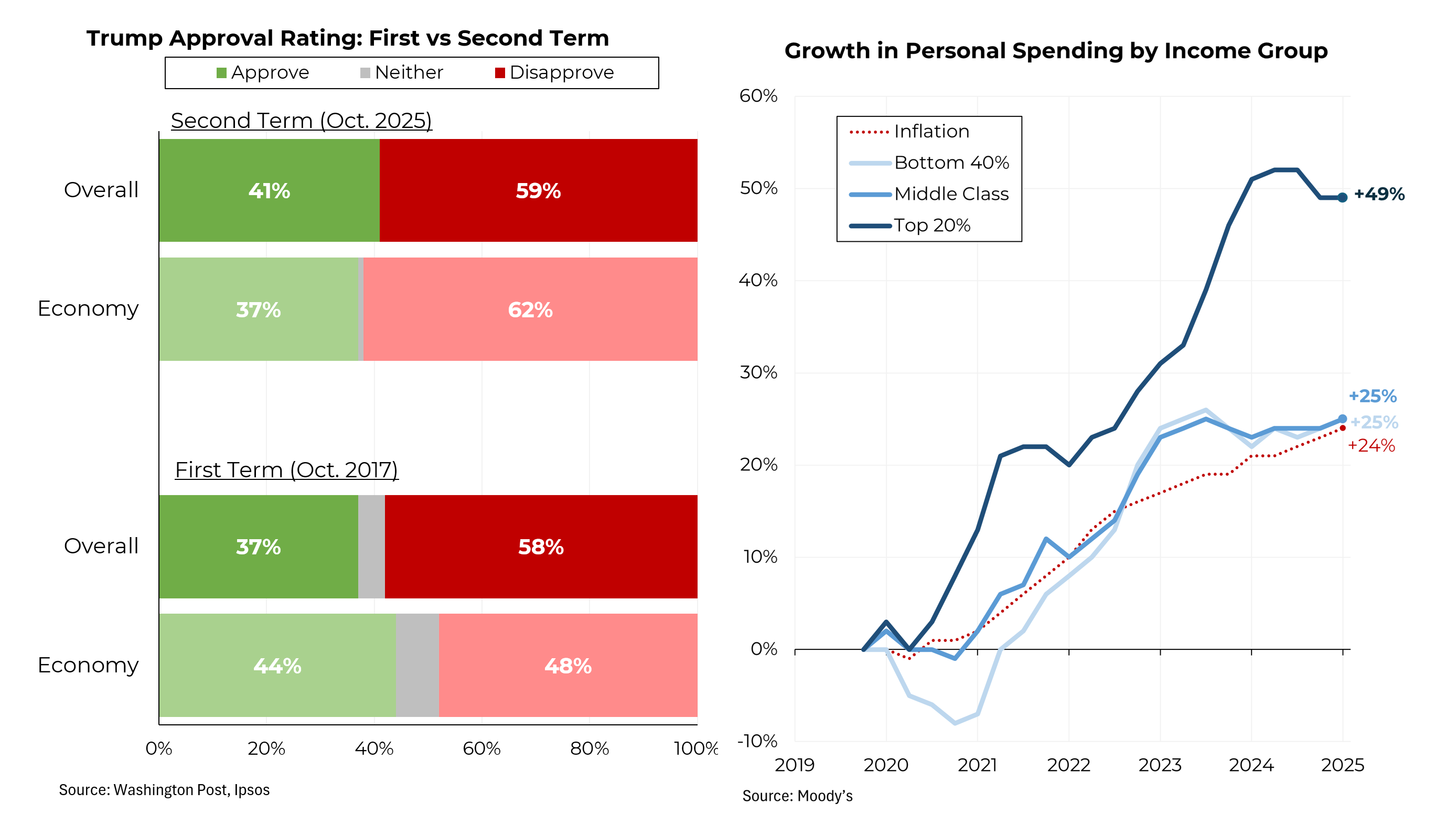Originally published in Wall Street Journal, Letters to the Editor (June 9, 2011)
Regarding David Skeel’s “The Real Cost of the Auto Bailouts” (op-ed, June 6): As the success of President Obama’s automobile rescue becomes increasingly undeniable, its critics grow more frantic. Like many others, David Skeel misstates the facts.
First, Presidents Bush and Obama, who both assisted General Motors and Chrysler, were faced with just two choices: help the companies, which had exhausted their cash, or watch them liquidate, with devastating consequences for the auto industry and the entire Midwest. The dissolution of those two companies would have forced the entire auto-supply chain, as well as Ford, to shut down, at least for a time, costing perhaps two million jobs for some indefinite period.
Suggesting that reorganization was possible without government assistance is simply denying reality. In late 2008 and early 2009, no private capital whatsoever was available to these insolvent entities. We know this because President Obama’s auto task force diligently sought outside investors. Nor, despite similar efforts, could any bona fide buyers be found. (It is utterly untrue that a third-party buyer would have necessarily had to accept any government-imposed conditions.)
Second, the notion that the government could have provided debtor-in-possession bankruptcy financing without fundamental restructurings of the companies is equally fallacious. Because of vast pre-existing liabilities at the companies, the government would have had little chance of being repaid, even at the end of bankruptcy. And why should the government have provided such financing to a company like GM, which had proved itself completely incapable of managing its business?
Equally absurd is the suggestion that either company could have survived the customary lengthy Chapter 11 process. Not a single auto expert believed this to be possible. Consumers would have fled, sales would have plummeted and the remaining carcasses would have surely not been viable. We could not find any example of a company that sold a long-lived consumer product like a car surviving a lengthy reorganization.
Third, the government neither broke nor abridged bankruptcy law. Both reorganizations were litigated through a series of federal courts and, in the case of Chrysler, all the way to the Supreme Court. Not a single judge gave the objectors even a wink or a nod. Why? Because every single claimant received at least as much as it would have under the alternative to the government’s plan, which was liquidation.
Fourth, the auto task force played no role in deciding how GM’s accumulated tax losses would be treated in bankruptcy. Those issues were entirely in the hands of the company. And note that if GM had been allowed to liquidate, the tax losses to the Treasury would have been vastly greater than any benefit that the company might now receive from deducting past losses.
In the end, the Treasury will receive back all but $10 to $14 billion of the $82 billion provided by two administrations. For that relatively small sum, a million or more jobs were saved and a vast economic calamity was avoided. Isn’t that the role we expect our government to play?





